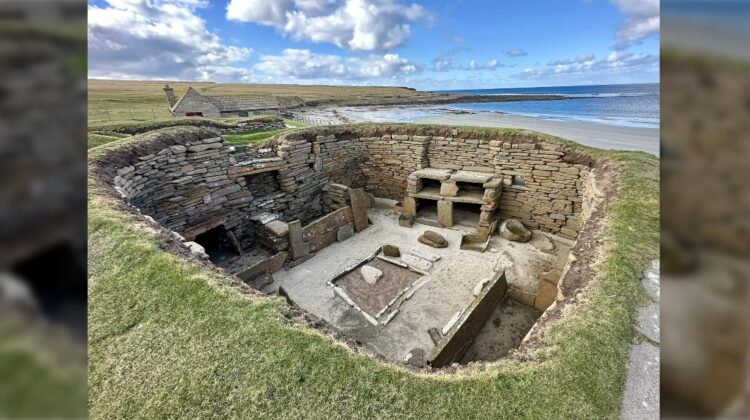
In the heart of the Orkney Islands, a storm in 1850 revealed a secret that had been buried for millennia. As the wind howled and the waves crashed, layers of sand and soil were stripped away, revealing a remarkable sight: a perfectly preserved neolithic village dating back over 5,000 years. This is the extraordinary story of Skara Brae, often referred to as the “Pompeii of Scotland.”
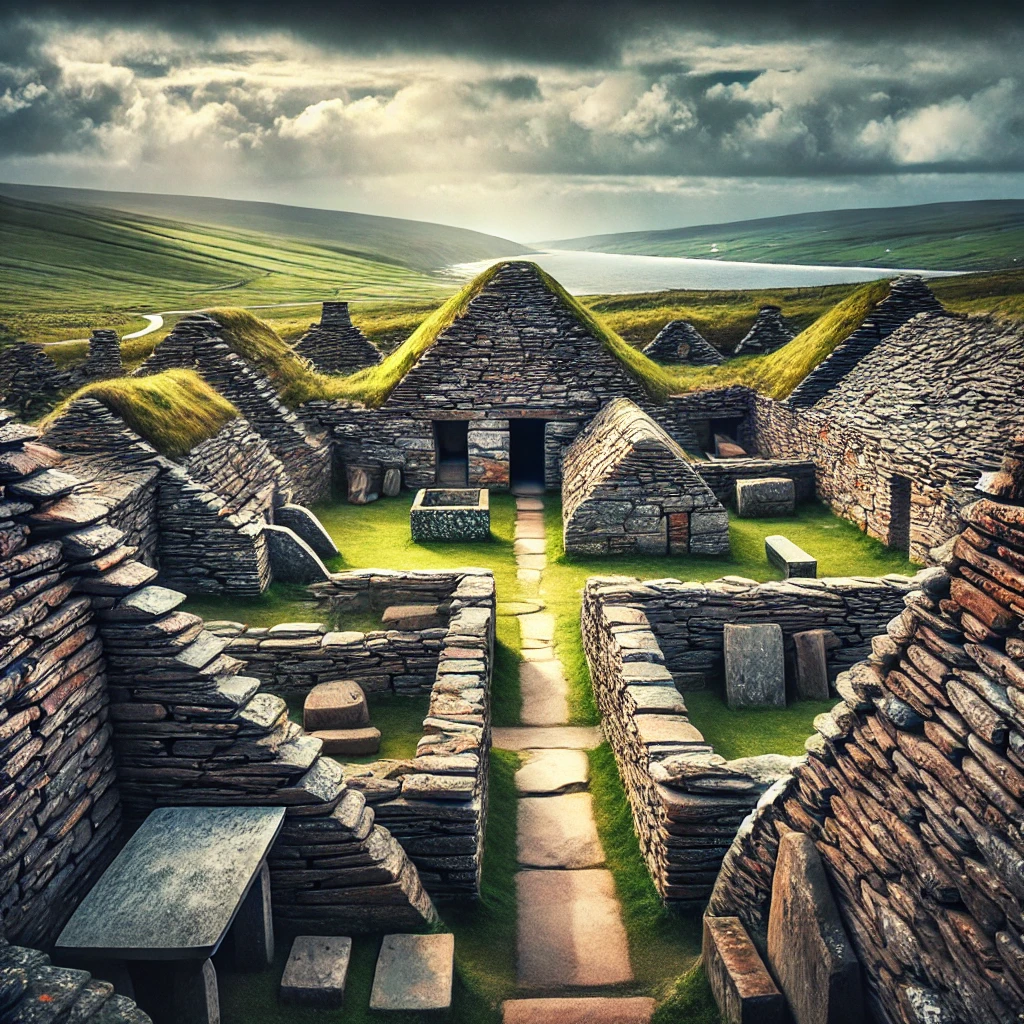
Skara Brae offers a captivating glimpse into ancient human life. The village, dating back to around 3200 BC, consists of eight interconnected stone houses, each equipped with stone furniture such as beds, dressers, and storage boxes. This remarkable preservation has provided archaeologists with invaluable insights into the daily lives, customs, and technologies of the Neolithic people.
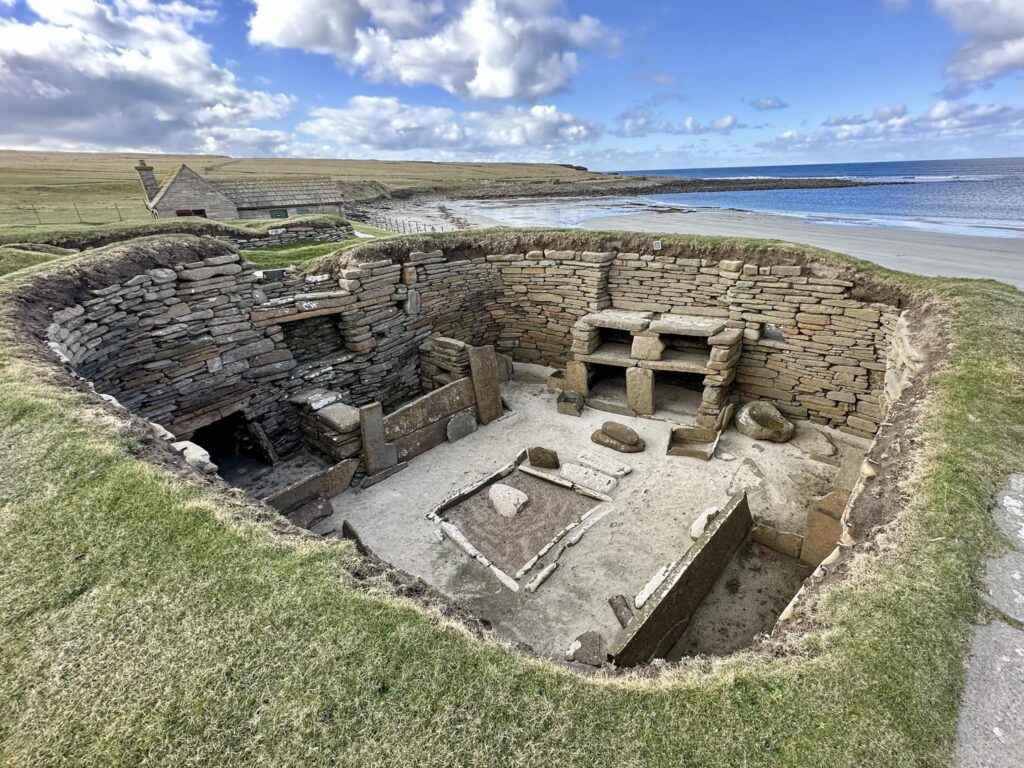
The villagers of Skara Brae were skilled farmers, fishermen, and hunters. They crafted tools from stone and bone, wove textiles, and created intricate pottery. Their homes were designed with remarkable sophistication, featuring well-insulated structures and central hearths for warmth and cooking.
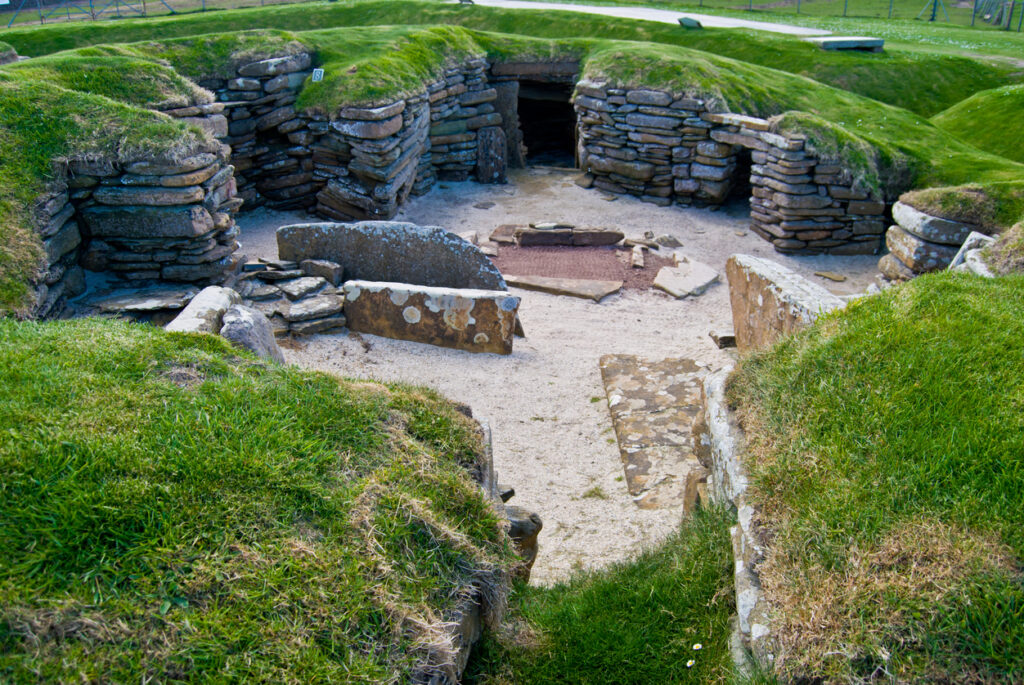
One of the most intriguing aspects of Skara Brae is the furniture. The stone dressers found in each house suggest that displaying valuable possessions was important to the villagers. The built-in stone beds, some of which were larger than others, likely belonged to the heads of families.
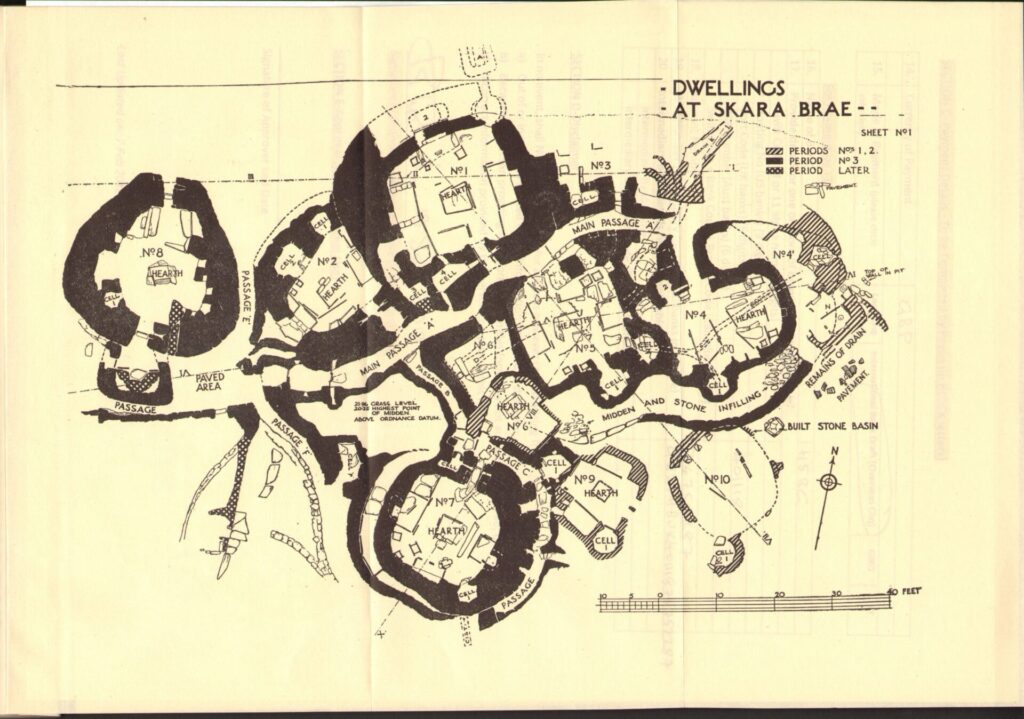
The discovery of Skara Brae has revolutionized our understanding of neolithic life. The preservation of organic materials, such as animal bones, seeds, and tools, has allowed researchers to reconstruct the villagers’ diets and lifestyle.
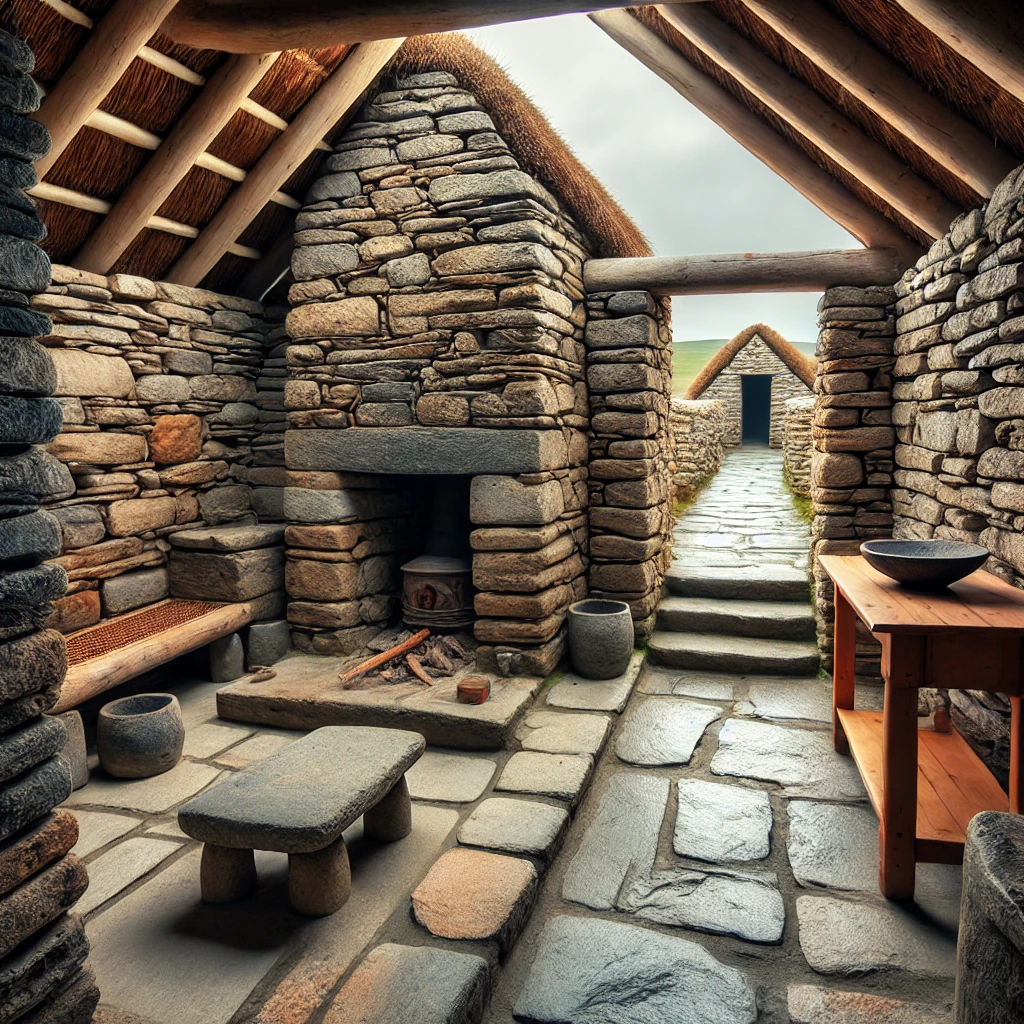
Today, Skara Brae is a UNESCO World Heritage Site, attracting visitors from all over the world. Walking through this ancient settlement, one can almost imagine the sounds of daily life, the warmth of the hearths, and the vibrant community that once thrived here. Skara Brae is a testament to the ingenuity and resilience of our ancestors and a reminder of the fascinating civilizations that existed thousands of years ago.

Leave a Reply